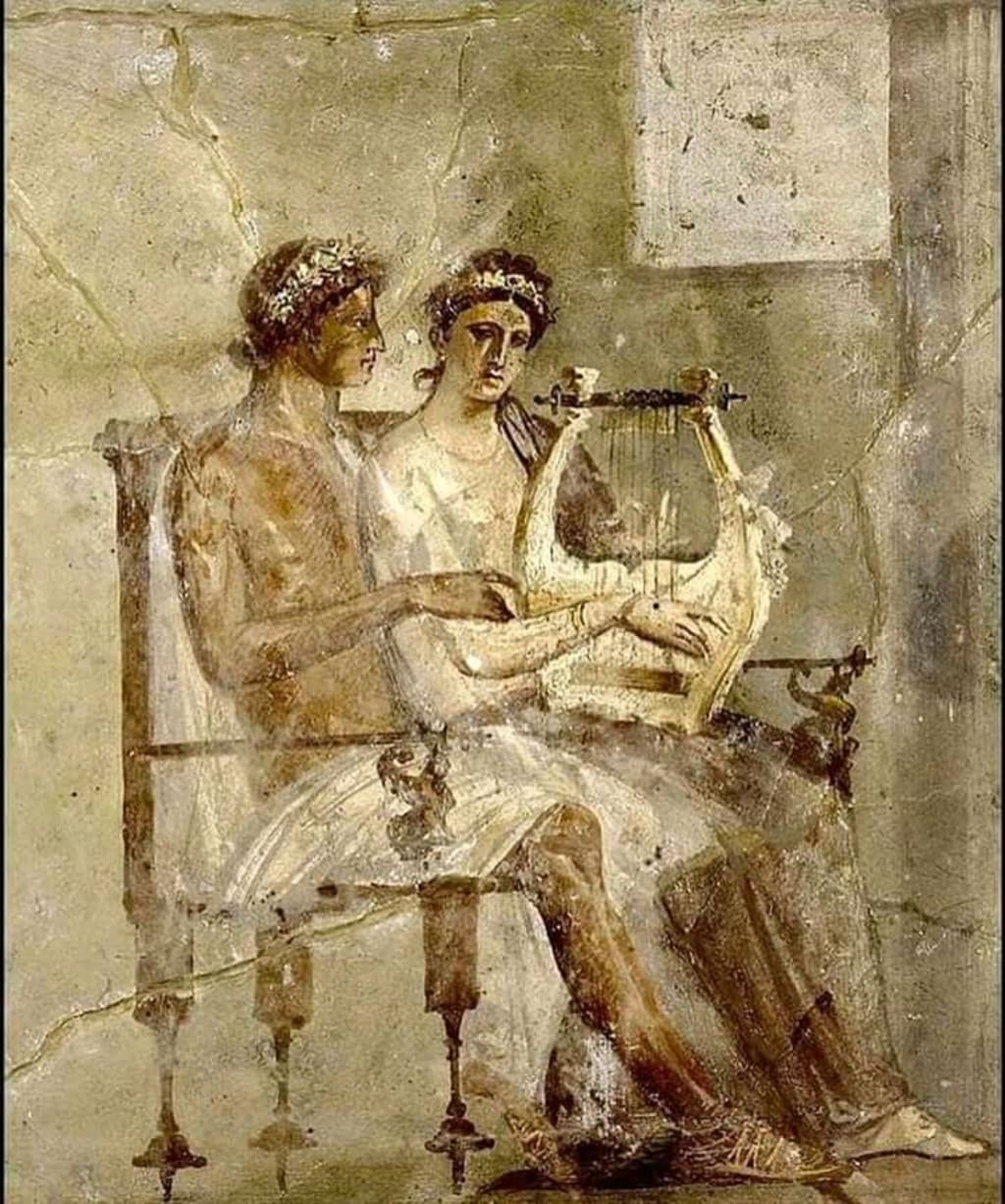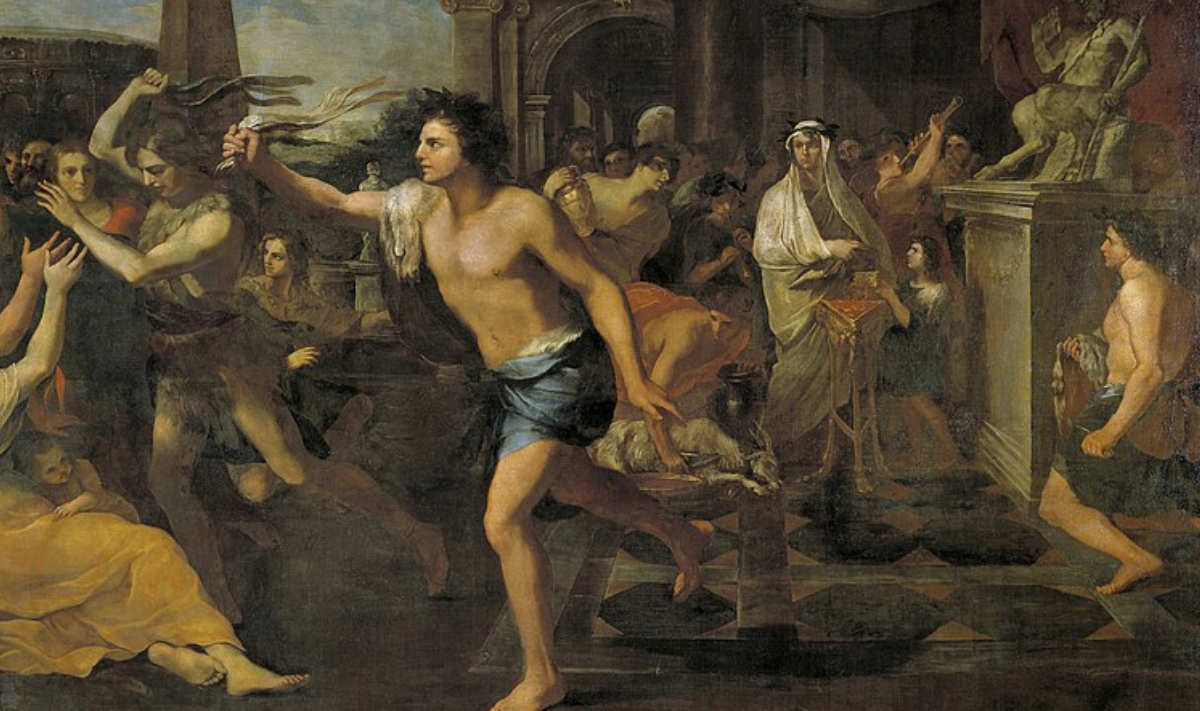
In 79 CE, Mount Vesuvius erupted, leaving the nearby city of Pompeii covered in ash, debris, and lapilli. In recent centuries, archaeological excavation at Pompeii has become very popular, and with new discoveries, this gives historians the most complete look of an Ancient Roman city.
Read It HereThe origin of Valentine's Day is a debate amongst many historians, with many pointing out to ancient Rome citing numerous key dates, religious festivals and saints. So how exactly did Ancient Rome influence Valentine's Day?
Read It Here
Preview all of our blogs here

The origin of Valentine's Day is a debate amongst many: But did it come from Rome?
Read It Here
Roman sculpture was colored (polychrome), which gave meaning to it's sculpture.
Read It Here
How the eruption of Mount Vesuvius uncovered a lost Roman world.
Read It Here
Contrary to popular belief and contemporary biases, Nero was a decent emperor.
Read It Here
Roman sculptures may look garish when colored today, but were the norm in antiquity.
Read It Here